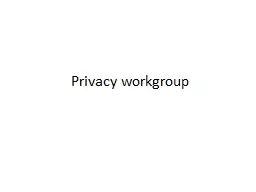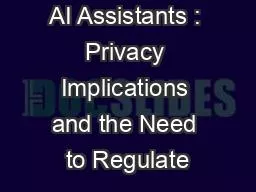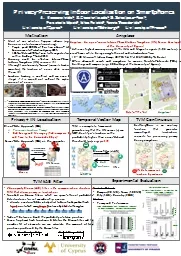PPT-Privacy and User Trust in Context-Aware
Author : conchita-marotz | Published Date : 2017-09-06
Systems Saskia Koldijk 12 Gijs Koot 2 Mark Neerincx 13 Wessel Kraaij 12 wwwswellprojectnet 1 2 3 wwwswellprojectnet Recent trends Big data advances
Presentation Embed Code
Download Presentation
Download Presentation The PPT/PDF document "Privacy and User Trust in Context-Aware" is the property of its rightful owner. Permission is granted to download and print the materials on this website for personal, non-commercial use only, and to display it on your personal computer provided you do not modify the materials and that you retain all copyright notices contained in the materials. By downloading content from our website, you accept the terms of this agreement.
Privacy and User Trust in Context-Aware: Transcript
Download Rules Of Document
"Privacy and User Trust in Context-Aware"The content belongs to its owner. You may download and print it for personal use, without modification, and keep all copyright notices. By downloading, you agree to these terms.
Related Documents














